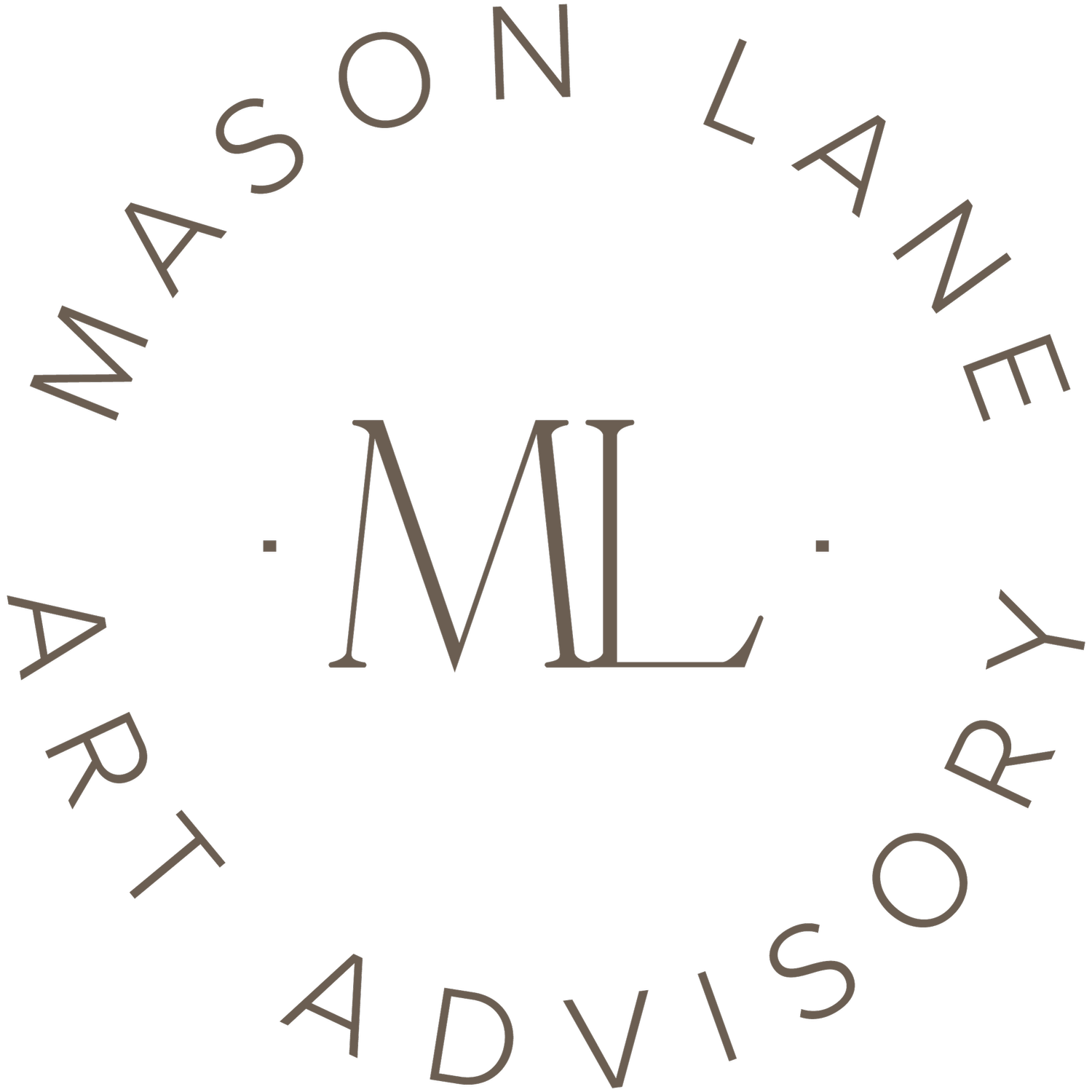Galleries And Artists That We Work With
There are several different types of art advisors; those who represent artists, those who are employed by galleries, those who curate shows, and the list goes on. We are the type that sells art to clients. We don’t have any contractual arrangements with particular galleries or artists. Accordingly, we work objectively on behalf of our clients, sourcing art from all over the world. This means that we are lucky to be able to choose which galleries and artists to work with. Here’s some insight into how we choose:
First, we truly value business and client service skills, alongside anyone with an eye for artistic talent. Many times, people who advocate for the arts and identify themselves as “creatives” lack the skills needed to effectively share knowledge, make a sale, and follow up in a way that leaves everyone involved feeling like the experience was valuable. We work with the gallerists and artists that have all of these skills. There are too many options to settle for less, and our time, along with our client’s time, is valuable.
In practice, this relates to everything from clarity and transparency on websites and in conversation to personal communication and management of post-sale logistics. Examples of how this shows up with those who have the whole package are:
Having a website that shares artist names, or an artwork series, alongside pictures. Whenever we visit a gallery or artist’s website, we want to understand their program or type of artwork that is available. Very few art galleries list their full inventory on their websites, and that’s fine, but when artist names are just listed with no images, we struggle to get the needed information. This is a basic website user experience issue. To understand what’s what, one must click through all the links. This is not an effective time spend, especially when 30+ links are listed. Website user experience matters.
Ability to share information in a readable way. We love a good link to full information - image, artist, title, medium, size, and price. Bonus points if the image is downloadable, Pdfs with clear images are great substitutes, though those with tiny, blurry images are not useful. Matching in-email details with jpeg attachments, especially when there are multiple attachments, can also prompt confusion. Visual and written clarity of information shared is paramount.
Transparency around “List Artists”. These are artists that have waitlists, and which are only available to buyers that are approved by the gallery. It is extremely helpful when gallerists clearly share “the artist you are considering is a list artist [and you will not get on that list unless you are a museum; or here is how to get on that list…”]. When these details are shared using vague language like “acquiring work by that artist is a larger conversation…” we tend to move onto other galleries that embrace clear communication.
As an aside: How does one get approved to buy a list artst? Their profile essentially needs to align with the gallery and artist’s goals. Some artists want their works to be collected by established collectors who have a history of museum donations, others want their works to be collected by those who care about social justice, immigration, or specific causes. Supply is lower than demand for list artists, so galleries and artists have different ways of deciding who gets to acquire a given available work.
Positive and professional communication at art fairs. Art fairs are a special kind of trade show with rows gallery booths, one after the other. When a gallery has art in the booth that is clearly labeled and staff that are able to answer questions and follow up through a promised email, the art fair experience is a homerun. When this doesn’t happen, the experience of trying to learn about an artist, and consider it for a client, is not an effective time spend. Importantly, participating in an art fair is expensive for any gallery. Between booth fees, artwork shipping, installation, insurance, lighting, wifi, staffing, and travel, the costs of art fair experiences can be well over $100,000 per fair. Having art in a booth that is not labeled so people know what they’re looking at, or staff that never sends over pricing, seems like a missed opportunity. (As a bonus: we recommend always having the gallery name on the artwork label as well, since so many people take photos of this label. This facilitates visitors’ ability to follow up with the gallery about a particular artist.)
New York’s Chelsea Art District.
We hope this insight is helpful. So much of it truly revolves around considering the user experience so that users (i.e. potential buyers) can get to know artists and ultimately buy art. We also recognize that while some of this seems so easy to implement, it isn’t always; we’re all doing the best we can, and all of us have fallen victim to directing our focus on less-productive efforts. That said, learning, growing, and hearing new ideas is always an opportunity to pivot and we love being on this learning curve with our colleagues across all areas of the art world.

